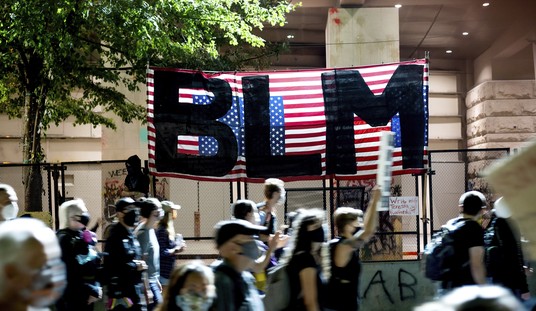If we lived in a perfect world, it would be Job No. 1 of every single news report on the sequester to give context to the cuts, so Americans know just how huge minuscule they are. Unfortunately, instead of illuminating the numbers, too many reports just regurgitate President Obama’s or Jay Carney’s or Sec. Ray LaHood’s fearmongering.
Is it a sign the theatrics have gone too far that Jon Karl of ABC offers this headline and takedown today? “Devastating sequester cuts? Give me a break!” He starts by poking fun at the melodrama:
The Sky is Falling! Maybe, but it really shouldn’t be.
The Obama administration’s list of what will happen if upcoming spending cuts go into effect is downright terrifying. In recent days, officials have warned of more forest fires, workplace deaths and, heaven-forbid — chicken shortages.
Then:
There’s no doubt that the automatic spending cuts set to go into effect on March 1 will cause some real pain and many economists believe they would hurt the economy. But all the dire warnings give the impression the cuts are much larger than they actually are.
Take today’s White House example: The Department of Transportation.
The Department of Transportation’s budget for 2013 is $74.2 billion. The automatic spending cuts would slice $1 billion out of its budget: that is a cut of less than 1.4 percent.
And consider this: even if the cuts go into effect, the Department of Transportation will spend more money this year ($73.2 billion) than it spent last year ($72.6 billion).
The administration is saying that the Department of Transportation cannot squeeze 1.4 percent of its budget without sending air traffic controllers home and that they cannot find a way to operate effectively this year with a budget that is actually larger than the budget they had last year.
That may be true, but it raises larger questions about the government’s ability to find relatively modest savings without cutting essential services.
If it’s true at the moment, they need to try harder.
Here’s Karl lightly taking LaHood to task for his histrionics:
The public’s aversion to cutting comes partly from a misunderstanding, willfully perpetuated by politicians and usually the press, of the word “cut.” Most Americans would disagree that an increase in year-over-year budget constitutes a devastating “cut,” but they’re rarely informed that in Washington, cut usually means smaller increase than we expected. Thanks to Jon Karl for making the numbers clear while LaHood was clouding them. More, please!
ABC has also compiled this list of 57 Terrible Consequences of the Sequester, which shows at least hint of skepticism while keeping track of the doomsaying.
Speaking of illumination, economist Veronique deRugy has done some with this chart. Click for the large version:
I have said it before, but it bears repeating: Even if sequestration goes through, the Congressional Budget Office predicts that spending will continue to go up over the next ten years, from $3.538 trillion in FY 2012 to $5.939 trillion in FY 2023. Even given inflation and population growth, it’s hard to see these projections as reflective of devastating spending cuts. Also, in FY2023 will be back to running $1 trillion deficit. And that’s before our real fiscal troubles start.
Although this tweet rather succinctly summed up my feelings on the matter this week:
RT @DrewMTips: Sequester is dumb. Smart isn't on the table. Advantage: Sequester.
— Ben Domenech (@bdomenech) February 21, 2013








Join the conversation as a VIP Member